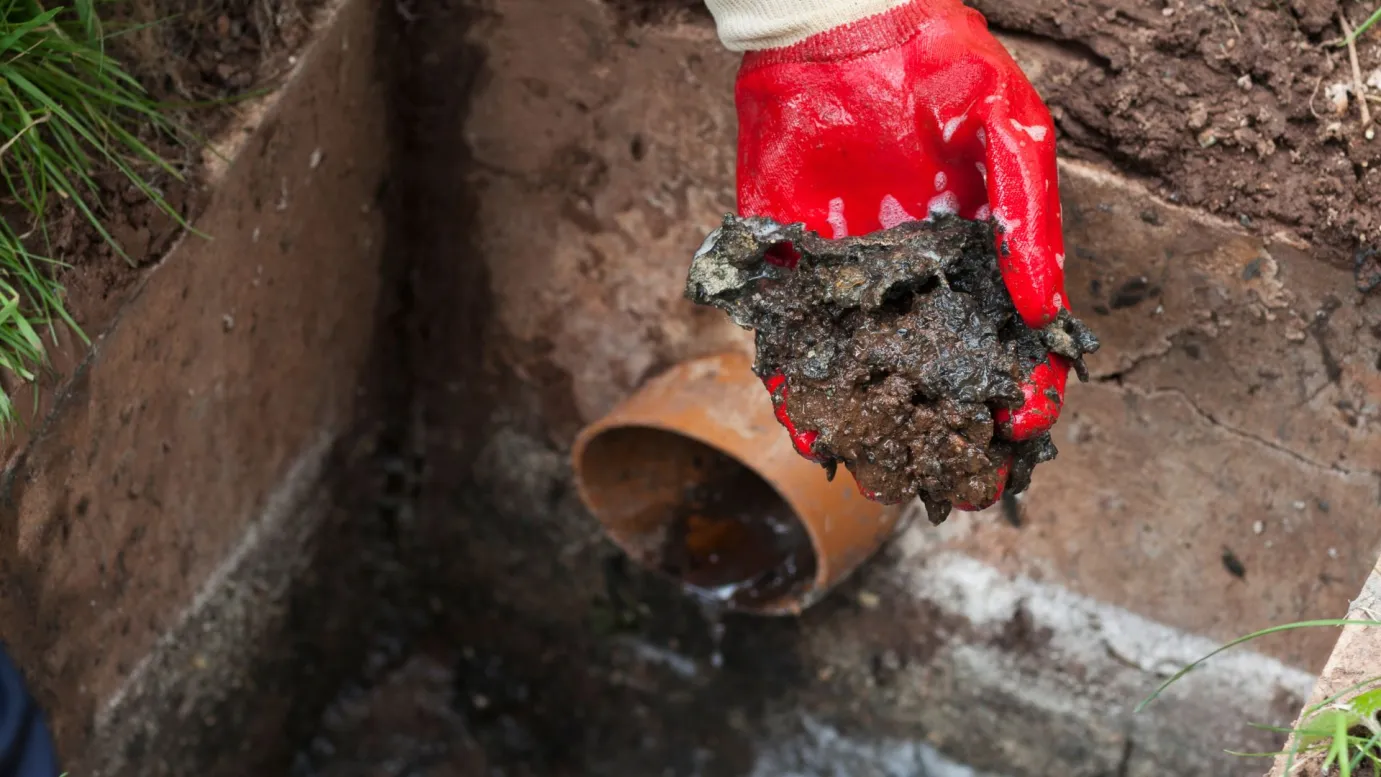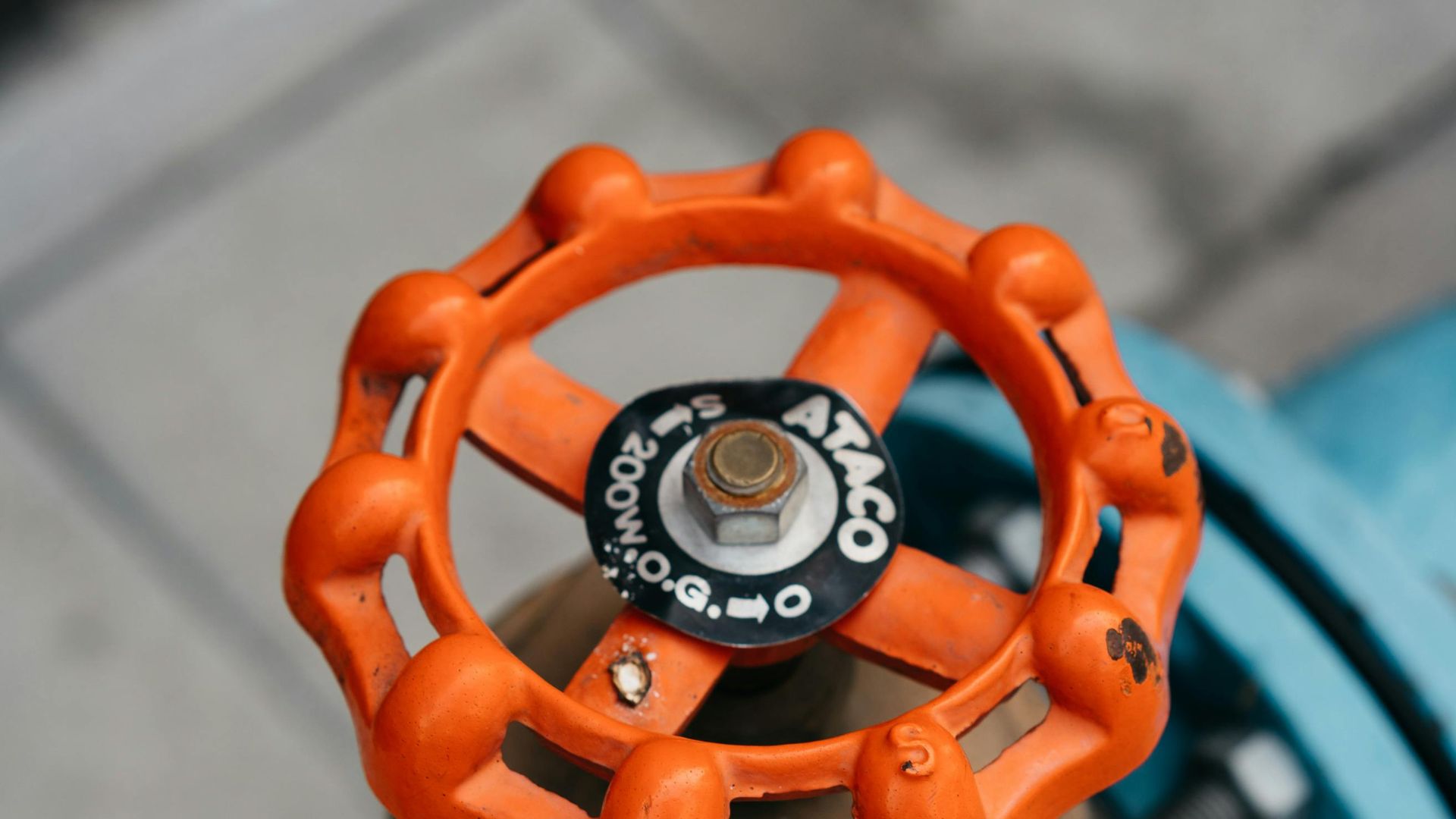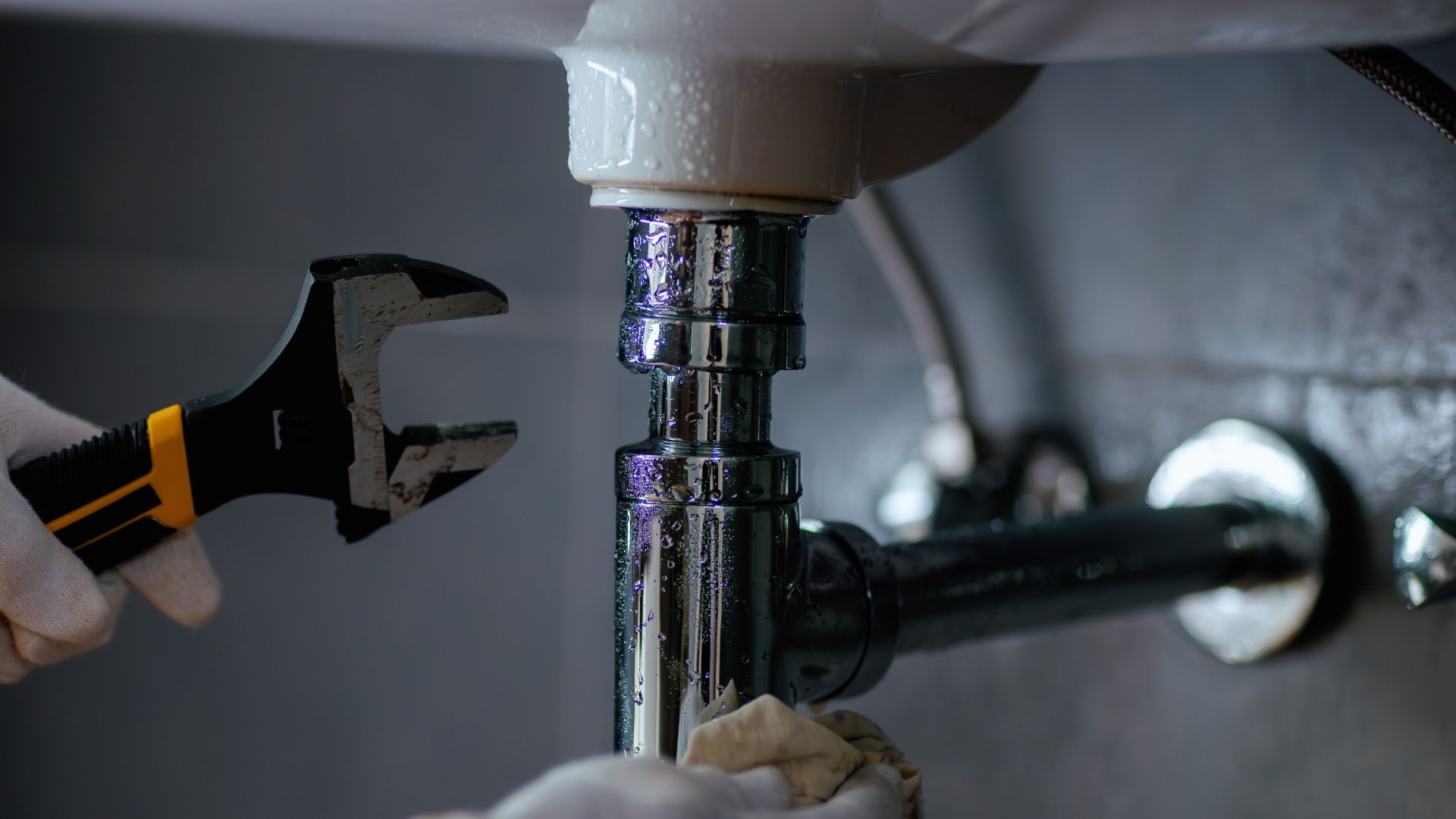Pipe relining is a modern, trenchless method of repairing damaged pipes without the need for messy excavation. Instead of digging up the yard or tearing through walls, the relining process involves inserting a new, durable lining—often made from epoxy resin—directly into the existing pipe. Once cured, this lining forms a strong, seamless inner layer that restores the pipe’s structural integrity and function.
This method has become essential in maintaining ageing infrastructure across residential, commercial, and industrial properties. From tree root intrusions to corrosion and cracks, relined pipes offer a long-lasting solution that is far less disruptive than traditional pipe replacement methods.
The pipe relining process not only saves time and cost, but it’s also far more environmentally friendly. It reduces waste and preserves surrounding structures, making it a go-to option for proactive property maintenance.
The choice of pipe relining materials plays a big role in the effectiveness of the repair. Factors like pipe size, the condition of the existing pipe, environmental exposure, and the pipe’s intended use all influence which materials are best suited for the job.
We’ll break down the most commonly used materials in pipe relining and what makes each ideal for different situations.
What Makes a Good Pipe Relining Material?
Choosing the right material is key to long-lasting results in pipe relining projects. The best materials suit the job and hold up well under different conditions.
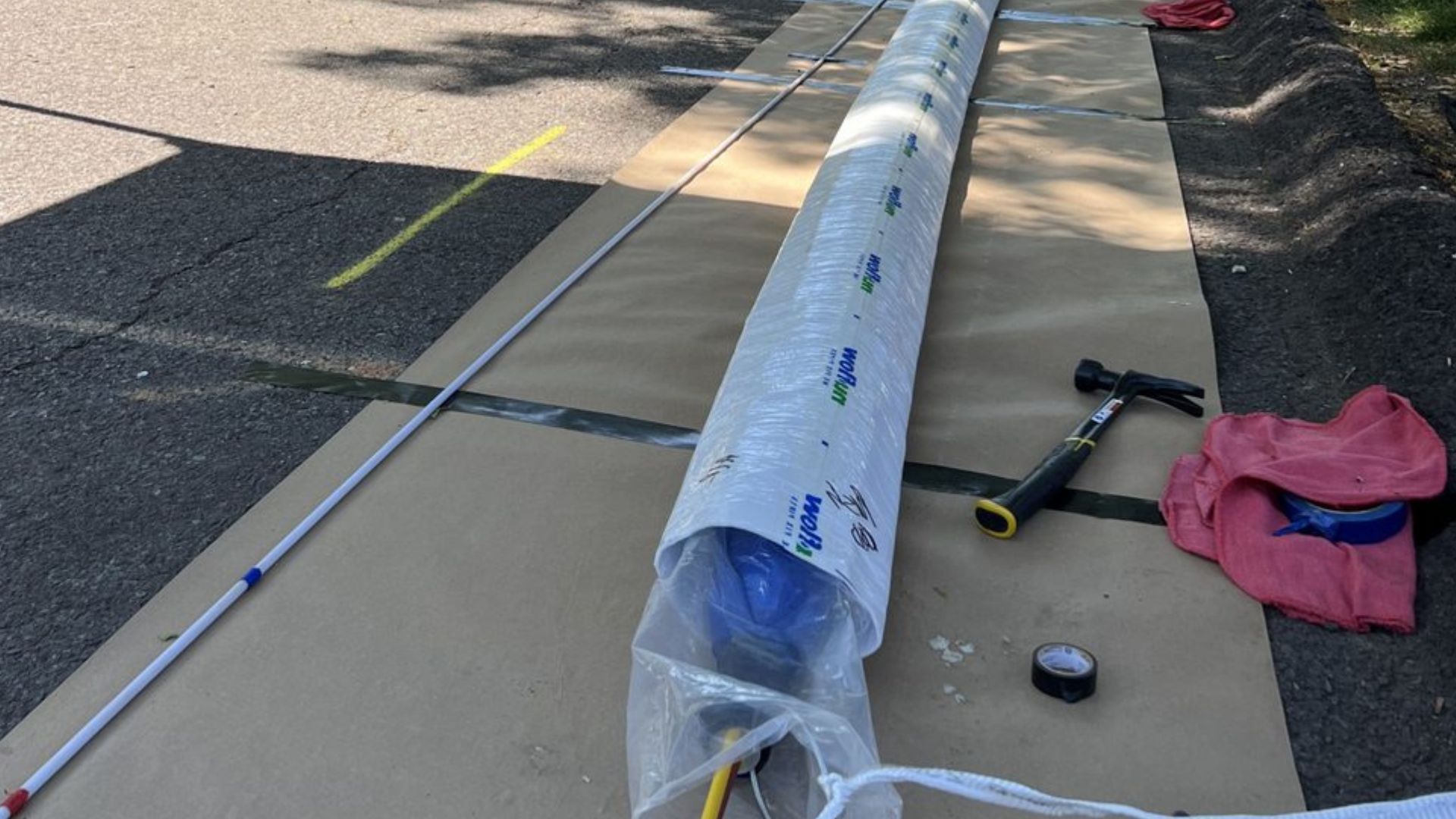
Key qualities of reliable pipe materials
- Durability: Suitable materials must withstand pressure inside sewer pipes and resist damage over time, mainly when used to reinforce old pipes or underground pipes.
- Chemical resistance: To repair damaged pipes exposed to industrial waste or cleaning agents, the lining must hold up against harsh chemicals without breaking down.
- Flexibility: A flexible material is easier to insert and cure within broken pipes with bends, irregular shapes, or shifting pipe walls.
- Safe use with water and chemicals: Some relining jobs involve potable water systems, while others involve harsh substances. The material must be suitable for the pipe’s specific use.
- Cost-effectiveness: Materials should match the budget and scale of each job, from tiny homes to large industrial sites, offering a smart alternative to traditional pipe replacement.
- Fit for purpose: Not all materials work well across the board. What works in a backyard sewer pipe may not be suitable forlarge commercial setups. Traditional pipe repair methods often fail here, and tailored solutions are key.
Common Materials Used in Pipe Relining Process
Each type of relining material offers different benefits depending on the condition of the existing pipe structure, the type of system, and the project’s overall goal. Below is a breakdown of the most commonly used materials in the relining process.
1. Epoxy Resin
Epoxy resin is one of the most popular relining materials due to its strong bonding ability and ability to form a watertight seal inside deteriorating pipes. It resists corrosion, prevents root intrusion, and cures a smooth surface that helps maintain flow.
The relining process involves inserting a resin-saturated liner into the damaged section. Once it’s cured, it becomes a new pipe within the old one, restoring strength and function.
Epoxy resin is versatile and works well with different pipe materials, including cast iron, clay pipes and PVC. It suits both potable water pipes and commercial plumbing systems.
Professionals often choose epoxy resin for residential homes, retail centres and industrial pipes that carry chemicals. A common use case includes relining iron pipes in older apartment buildings where digging is not an option or reinforcing concrete pipes in chemical plants where traditional repair methods are too invasive.
2. Silicate Resin
Silicate resin is known for its resistance to harsh environments. It can handle high temperatures and exposure to aggressive chemicals, making it a good match for chemical-heavy systems.
This material works well in wastewater setups and industrial pipes where corrosion and chemical breakdown are constant threats.
A great example is using silicate resin in underground sections of food processing plants, where the pipe lining must endure chemical cleaners while preserving the existing pipe structure.
3. Polyester Resin
Polyester resin is a cost-effective option used in lower-pressure situations. It offers moderate structural support and good adhesion to the inside of older clay pipes or cast iron systems.
The material is commonly used in residential areas, especially where pipe repair is needed for smaller problems like hairline cracks or minor leaks.
It’s a smart choice for homes built in the mid-20th century that now have ageing or deteriorating pipes. These systems often benefit from a cured in place pipe solution that restores function without major excavation.
4. PVC (Polyvinyl Chloride)
PVC is tough, non-toxic and corrosion-resistant. It also resists mineral build-up, which is helpful in hard water areas.
It’s often used to line potable water pipes in residential and commercial plumbing systems, offering long-term protection for the existing pipe structure.
Urban developments and apartment complexes frequently use PVC in their relining projects. A new pipe lining made from PVC ensures clean water delivery and keeps maintenance needs low, especially in high-use environments.
5. Fibreglass and Felt Liners
Fibreglass liners are designed for strength and are often used in commercial systems with higher pressure. Felt liners are more adaptable and are used for smaller residential pipe relining jobs.
When paired with a resin-saturated liner, fibreglass offers excellent support for repairing damaged pipes in factories and warehouses. Felt is better suited to homes and small offices, where flexibility and coverage matter more than pressure resistance.
Both materials provide a smooth surface that enhances flow and reduces future blockages. The cured-in-place pipe method using fibreglass is common in industrial buildings with large-diameter concrete pipes, while felt is preferred for iron pipes in heritage homes.
The relining process involves inserting these liners through access points and sealing off broken areas without removing the old structure.
6. Polyurethane
Polyurethane is flexible and works well in situations where pipes have awkward angles or unusual shapes.
It’s a reliable choice for repairing damaged pipes in heritage buildings, where maintaining the original architecture is a priority.
In these cases, pipe lining is done inside the existing pipe structure without disturbing the building. The resin saturated liner adapts to bends and size changes, ensuring a proper seal even in old or custom installations.
7. HDPE (High-Density Polyethylene)
HDPE is strong, lightweight, and resists environmental wear, making it ideal for larger infrastructure projects.
It’s often used in municipal water systems to repair drinking water or stormwater pipes. The material holds well in the ground and stays intact over long periods.
A typical example is relining clay pipes or deteriorating pipes in older public facilities using a cured-in-place pipe technique. HDPE provides a durable, smooth surface that restores function without having to dig up roads or footpaths.
Factors to Consider When Choosing Pipe Relining Materials
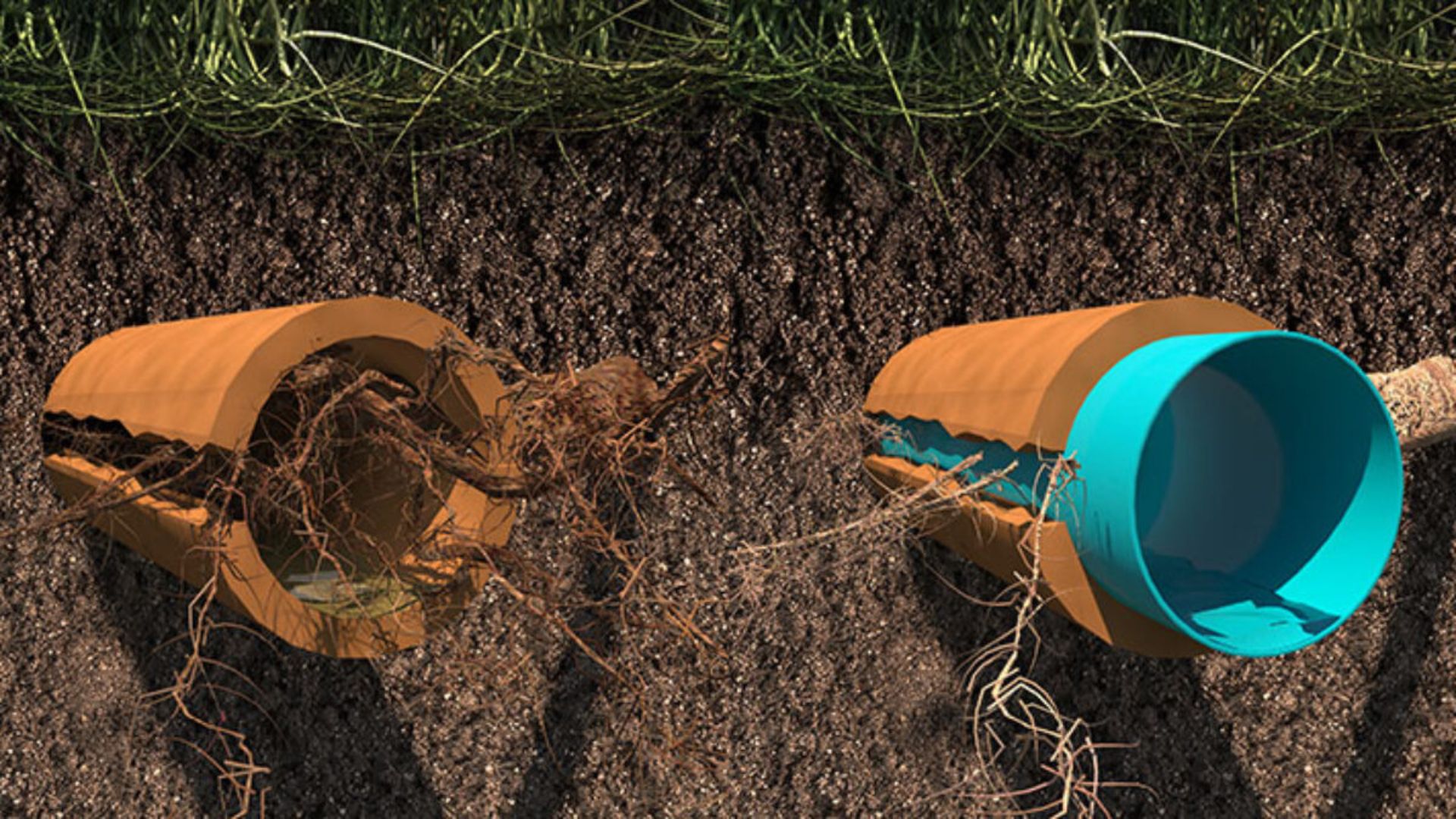
Selecting the right material for a pipe relining job isn’t just about what’s available—it depends on the unique demands of the system and its surroundings. A poor match can lead to future issues, while the right choice can extend the life of the entire pipe network.
- Environmental factors: Pipes exposed to chemicals, extreme temperatures or different water types—like hard or soft water—need materials that can handle those specific conditions without breaking down.
- Pipe condition: The extent of damage and the original pipe material—such as cast iron, PVC or clay—play a major role. Heavily deteriorated sections might need a stronger, more supportive liner.
- Budget constraints: Not every job requires the most expensive option. Some materials are more cost-effective for smaller residential fixes, while others are better suited to large-scale industrial work.
- Pressure requirements: High-pressure commercial systems demand sturdier materials than low-pressure household drains. Choosing the wrong type could cause premature failure.
- Longevity expectations: Each material offers a different lifespan. Some may need more regular checks or maintenance than others.
- Regulatory compliance: Materials must meet strict safety and performance standards for potable water or specialised industries. Compliance isn’t optional—it’s essential.
Advantages of Using High-Quality Materials in Pipe Relining
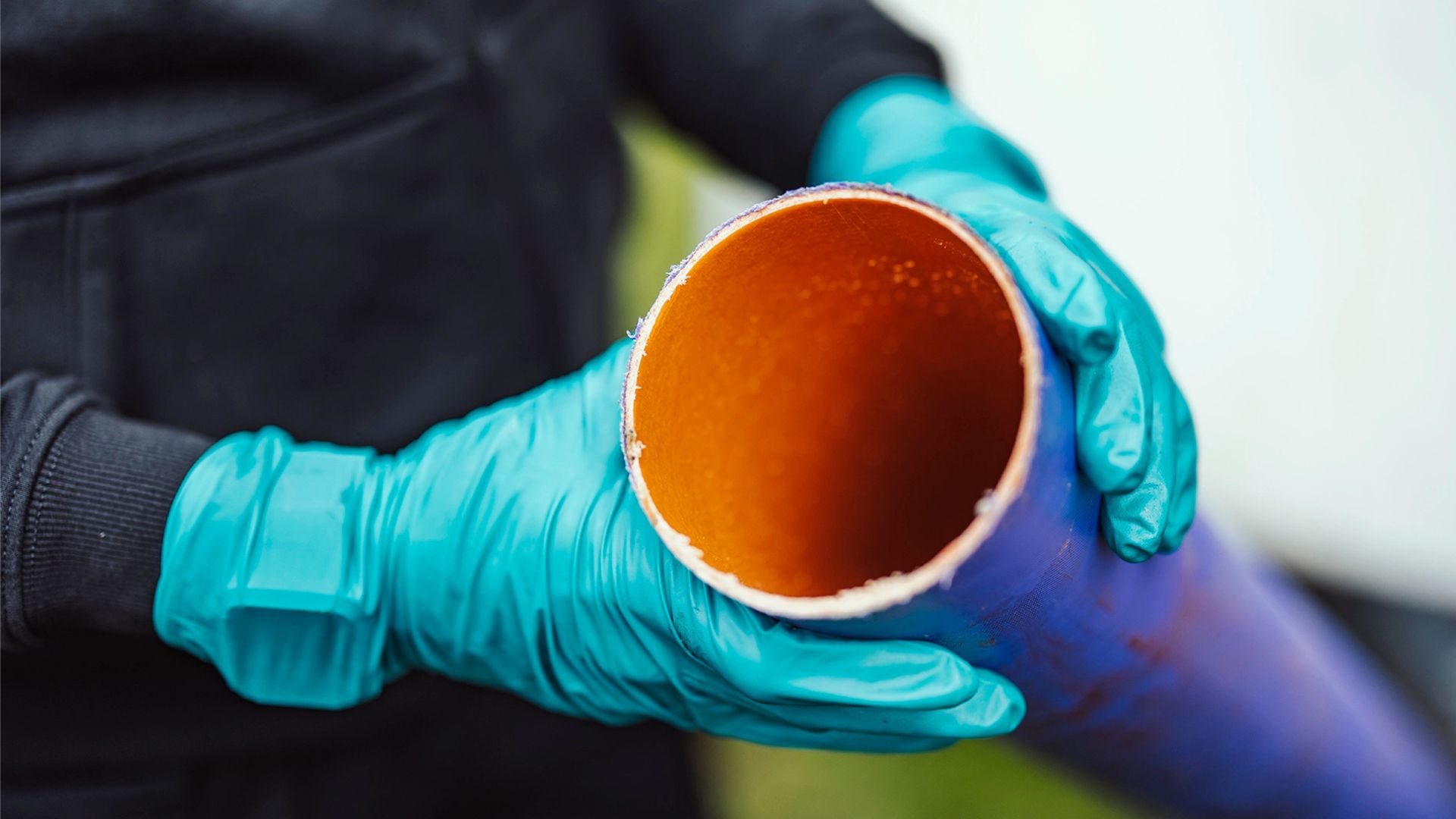
Using the right materials for pipe relining does more than patch things up. It strengthens the entire system, improves performance, and saves time and money. Here’s what sets high-quality pipe relining products apart.
- Stronger, Longer-Lasting Repairs: High-grade pipe relining products help restore the structural integrity of damaged pipes, making them far more durable over time. This reduces the need for repeat work and keeps the plumbing system functioning reliably.
- Better Water Flow: A smooth pipe surface improves flow capacity, allowing water and waste to move through more easily. This is especially noticeable in older systems where build-up or corrosion has slowed things down.
- Built to Withstand Tough Conditions: Premium materials used in the relining method offer solid resistance to corrosion, chemical exposure, and root intrusion. That makes them ideal for both residential and commercial pipe infrastructure.
- Long-Term Cost Savings: While better materials might cost more upfront, they prove cost-effective by reducing future repair bills and extending the system’s lifespan.
- Fast, Reliable Installation: Modern pipe relining offers UV curing systems that reduce downtime and deliver a tough, consistent finish inside the pipe.
- Environmentally Friendly: Using quality materials means fewer pipes need replacing. That means less waste, less disruption, and a smaller environmental footprint.
- Customer Confidence: Reliable materials mean fewer callbacks and a plumbing system that has performed well for years, keeping property owners and plumbers happy.
Invest in Quality Pipe Relining Materials for Peace of Mind
The right choice of pipe relining materials can make a big difference. From reinforced liners and cured liners to liquid resin and PVC piping, using quality options helps create a jointless pipe with a watertight barrier that boosts durability and improves water flow. Unlike traditional methods of extensive excavation, relining is a cost-effective solution—ideal for everything from potable water to asbestos cement or galvanised steel pipes.
Fixed Todayuses proven curing systems and materials like polyester resins to protect inner walls from chemical exposure. Contact us today to learn more about our common materials and our expert curing process.

